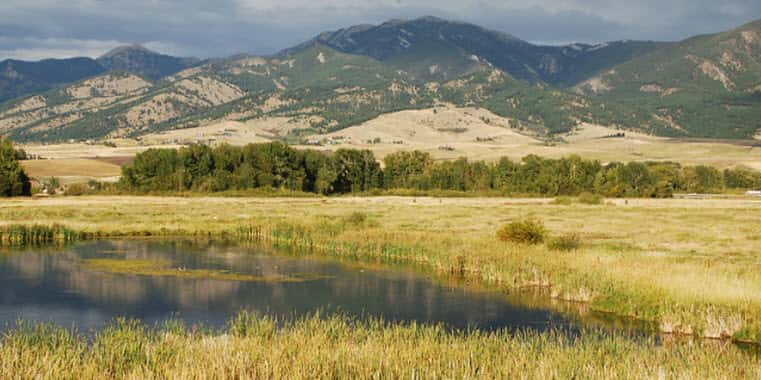A House Ag Committee hearing on Capitol Hill this week examined the Conservation Title of the Farm Bill. Representatives heard testimony and asked questions of farmers and ranchers who have used USDA conservation programs. Whether raising livestock or crops, the producers offered very similar perspectives.
National Association of Wheat Growers President and Washington State wheat grower, Nicole Berg, testified in front of the committee. Berg highlighted how the Farm Bill voluntary conservation programs are significant in terms of environmental benefits and assistance to farmers. Technical assistance, planning and engineering and financial assistance in the form of cost share or incentives, provide farmers with the knowledge and economic incentive to be able to make a change in their operation or maintain a conservation practice.
“The costs of farming have increased and continue to do so,” said Nicole Berg. “While commodity prices have decreased recently, input costs have remained high. With farmers facing higher costs in all areas of their operations, the decision to adopt conservation practices can depend on the financial assistance that Farm Bill programs provide. Wheat growers support continued access to the voluntary, incentive-based conservation programs of the Farm Bill.”
“Wheat growers, the environment and society have benefited from the programs through improved water quality and quantity, air quality, soil health and habitat. These results would not be possible without the financial and technical assistance that the Farm Bill conservation programs provide,” Berg said.
Iowa cattle producer and National Cattlemen’s Beef Association (NCBA) member Shayne Wiese provided the livestock producer’s view of the Farm Bill conservation programs.
“USDA’s voluntary conservation programs have been a great asset to cattle producers,” Wiese testified. “It is important that these programs are implemented in a practical, producer friendly, and voluntary manner for years to come to ensure that cattle producers will continue to have the ability to do what we do best – produce the world’s safest, most nutritious, abundant, and affordable protein while operating in the most environmentally friendly way possible.”
Wiese shared his experienced utilizing the Conservation Reserve Program (CRP) and the Environmental Quality Incentives Program (EQIP). Additionally, Wiese highlighted his concerns with the staffing shortage at the U.S. Department of Agriculture (USDA) that has led to agency delays, additional paperwork burdens, and less time for local officials to meet with the agricultural producers they serve.
“NCBA communicates with members of Congress and their staff every day but hearing directly from a cattle producer outside of Washington is extremely beneficial,” said NCBA Vice President of Government Affairs Ethan Lane. “We hope Congress carefully considers Shayne’s testimony as they evaluate the last Farm Bill and begin crafting the next one.”
Both Berg and Wiese did note areas where USDA NRCS service could improve for farmers and ranchers. “The NRCS programs continue to be oversubscribed, with less than half of all applicants receiving NRCS funding, nationwide,” Berg commented.
Wiese added, “Recently, my family’s cattle ranch applied to receive EQIP cost share funding, but after months of waiting, we gave up and completed a water infrastructure project, without the assistance of the USDA.”
###
NAFB/NCBA/NAWG


